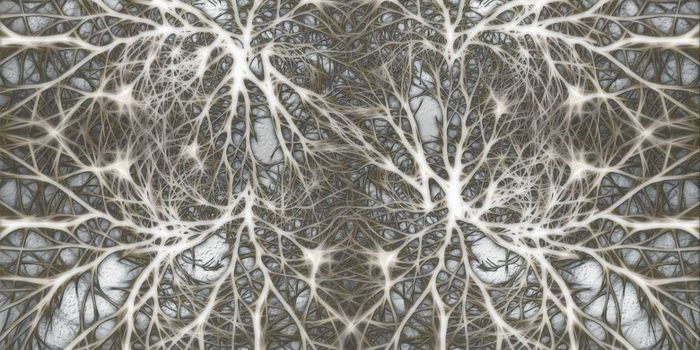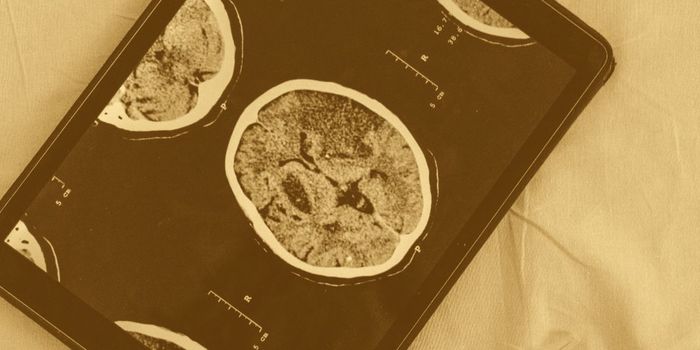The Neurobiology of Impulsivity in Children
McGill University researchers have developed a genetically based score to identify young children who are at risk of impulsive behavior. The researchers investigated the association between an expression-based polygenic score (ePRS) based on corticolimbic-specific DCC gene co-expression networks and impulsivity-related phenotypes. The study published in Molecular Psychiatry demonstrated a connection between lower ePRS scores and higher measurements of impulsive choice in children. The researchers confirmed that the corticolimbic DCC-ePRS can serve as a novel type of marker for impulsivity-related phenotypes. Mental health disorders such as depression and substance abuse that commonly manifest in adolescence abuse have been linked to impulsivity, so this study has implications for designing effective pediatric and adolescent therapeutic interventions.
The communication and connection between corticolimbic regions of the brain are fundamental for eliciting inhibitory control behaviors. As a person matures, the prefrontal cortex (PFC) development shows mesocortical dopamine innervation and inhibitory control develops.
The researchers used genomic and phenotypic data from three prospective birth cohorts. These datasets included the Maternal Adversity, Vulnerability and Neurodevelopment (MAVAN), Growing Up in Singapore Towards Healthy Outcomes (GUSTO), and Avon Longitudinal Study on Parents and Children (ALSPAC) cohorts. The research team developed the impulsivity risk score by examining the co-expression of several genes in the prefrontal cortex and the striatum. These areas of the brain regulate decision-making and emotional regulation.
The score developed by the McGill researchers was able to detect those at a higher risk of impulsivity within three ethnically diverse community samples of children. This cohort includes roughly 6,000 children. Lower ePRS scores are associated with higher measurements of impulsive choice in 6-year-old children tested in the Information Sampling Task and with impulsive action in 6- and 10-year-old children tested in the Stop Signal Task. ePRS was found to be a more accurate overall predictor of impulsivity when compared to a conventional PRS score.
This study contributed a unique perspective to neurobiology. Study author Dr. Patricia Pelufo SIlveira explained the approach the team took to examining impulsivity: “Typically, genetic approaches to identifying the neurobiological signature for impulsivity (or any other condition or disease) tend to focus on identifying the variation in a few
genetic markers that might be responsible for the problem. We came at the problem from the opposite direction, by focusing on a gene known to be associated with the maturation of the brain in these two key areas and then looking for a network of other genes that were most closely associated with it.” This strategy led to findings that can enhance screening practices and therapies for children at risk of impulsivity.
The McGill team has conducted numerous studies on the neurobiology of the adolescent brain. In a past study, they found an association between the role of axonal guidance cues in the maturation of the prefrontal cortex in adolescence and its psychiatric susceptibility to mental health disorders.
Sources:
Eureka Science Alert, McGill University, Molecular Psychiatry








